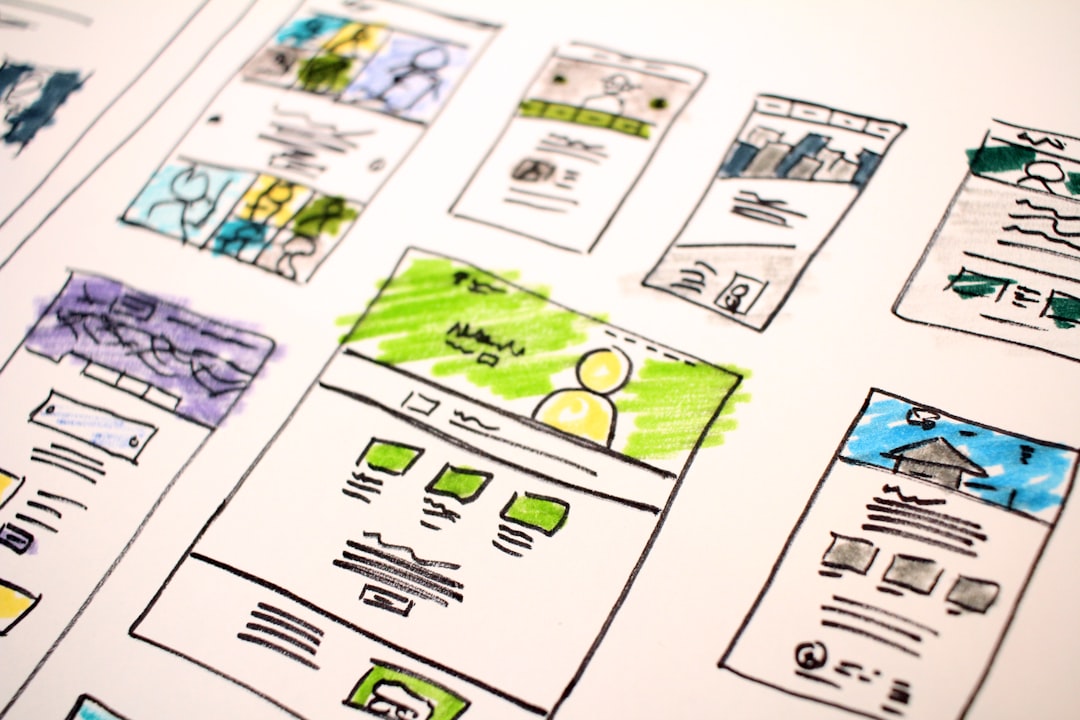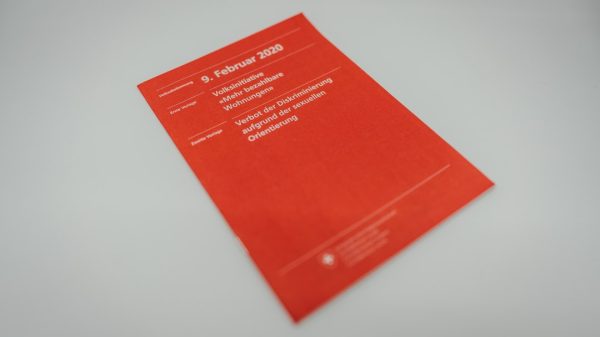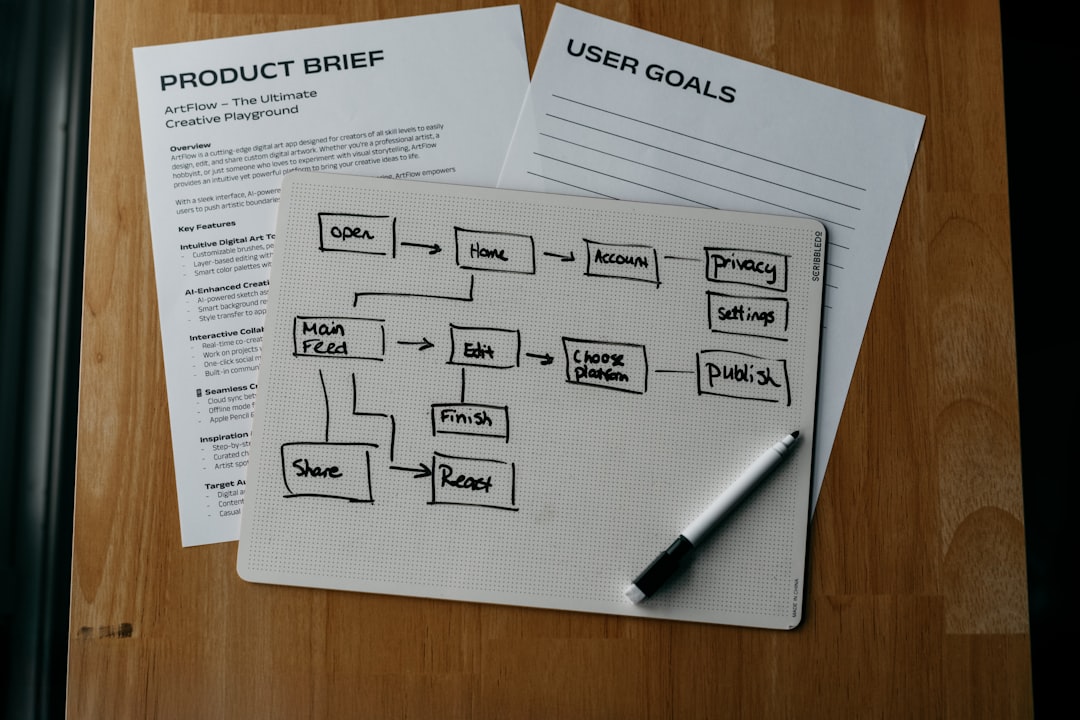Success in digital marketing often hinges on one critical component: the landing page. It’s the gateway between curiosity and conversion, and optimizing it properly can make the difference between a bounced visitor and a loyal customer. To do this effectively, marketers rely on psychological and strategic copywriting frameworks. Among the most widely used are PAS (Problem-Agitate-Solution), AIDA (Attention-Interest-Desire-Action), and the 4Ps (Picture-Promise-Proof-Push). Understanding how each of these frameworks works, their strengths, and when to apply each one is essential for creating compelling, high-converting landing pages.
The Importance of a Strong Landing Page Framework
Without a clear structure, landing pages can become disjointed, overwhelming, or unconvincing. Frameworks provide a blueprint for organizing your content in a way that drives results. Whether you’re selling a product, offering a service, or generating leads, thoughtful design using a proven copywriting formula ensures your message is both cohesive and persuasive.
Let’s examine the three most renowned frameworks in detail and compare their use cases.
1. PAS: Problem-Agitate-Solution
The PAS framework appeals directly to emotion, making it powerful when addressing pain points. It works by identifying a problem, intensifying it to create urgency, and offering a clear, effective solution.
- Problem: Identify the reader’s existing pain point or obstacle.
- Agitate: Highlight the consequences or frustrations this problem causes. Make it real and visceral.
- Solution: Present your product or service as the answer to resolve the issue.
Example Use Case: Health products, fitness programs, cybersecurity services, or anything related to acute user frustration or vulnerability.
Strengths of PAS:
- Emotionally engaging and empathetic.
- Captures pain-driven motivation effectively.
- Ideal for audiences who already feel the problem.
Considerations: PAS can be too aggressive if overdone, and isn’t always suitable for audiences unaware of their problem or for luxury/lifestyle products where urgency may feel out of place.

2. AIDA: Attention-Interest-Desire-Action
Originally developed for advertising, AIDA remains one of the most widely used copywriting structures due to its logical sequence and broad applicability.
- Attention: Capture the reader’s attention with a surprising fact, compelling headline, or bold image.
- Interest: Build intrigue by addressing the benefits or uniqueness of what you’re offering.
- Desire: Make users actively want the product or service by stressing its value and relevance.
- Action: Provide a clear and persuasive call to action (CTA) to convert the visitor.
Example Use Case: SaaS platforms, subscription services, or products that require gradual persuasion rather than emotional urgency.
Strengths of AIDA:
- Flexible and timeless – works across almost any industry.
- Balances emotion and logic effectively.
- Excellent for nurturing colder leads.
Considerations: AIDA might be too generic if used without deep audience research. It risks being formulaic if not personalized through tone, visuals, and context.
3. 4Ps: Picture-Promise-Proof-Push
The 4Ps framework emphasizes storytelling, credibility, and persuasion. It paints a vision of a better life, pledges a specific benefit, backs it up with evidence, and then compels action.
- Picture: Start by visually or narratively describing the world your customer wants to live in.
- Promise: Clearly state the benefit or outcome your solution delivers.
- Proof: Add testimonials, data, statistics, case studies, or other content that builds trust.
- Push: Include a compelling CTA encouraging the user to act immediately.
Example Use Case: Coaching programs, infoproducts, and high-ticket items where emotional aspiration and social proof are key.
Strengths of 4Ps:
- Strong in storytelling and emotional aspiration.
- Effective in establishing trust and social validation.
- Great for creating desire around transformative products.
Considerations: Requires compelling proof. If testimonials or hard data are weak or unavailable, this framework can fall short.

Comparing PAS vs AIDA vs 4Ps
Each framework offers unique advantages. Choosing the right one depends on your product, audience, and business goals.
| Framework | Best For | Emphasis | Emotional Appeal |
|---|---|---|---|
| PAS | Problem-aware audiences | Pain and urgency | High |
| AIDA | General audiences | Logical progression | Moderate |
| 4Ps | Aspiration-driven purchases | Desire and proof | High |
As the table illustrates, PAS is great when your audience is feeling pain or frustration, and they need relief. AIDA provides a balanced approach with a logical flow suitable for a wide range of industries. Meanwhile, 4Ps thrives when audience desire is aspirational and when trust-building is pivotal.
When to Choose Each Framework
Use the questions below to steer your framework decision:
- Is your audience already aware of a pressing issue? → Use PAS.
- Are you targeting a general audience unfamiliar with your product? → Try AIDA.
- Does your product promise significant life or business transformation? → Opt for 4Ps.
Remember that no landing page exists in a vacuum. User intent, prior exposure, competition, and timing all factor into the effectiveness of your messaging. Testing is essential. Many successful marketers A/B test multiple frameworks to determine what resonates the most with their target users.
Final Thoughts
Frameworks are not straightjackets; they are tools. Whether you’re using PAS to hammer home a pain point, AIDA to walk your visitor through a smooth persuasion path, or 4Ps to inspire belief in transformation, what matters most is how well your message connects with your audience.
Landing page performance ultimately comes down to clarity, relevance, and trust. By choosing the right framework—and using it with strategic intent—you’ll be able to construct landing pages that educate, inspire, and, most importantly, convert.
Key Takeaway: No framework is inherently better than another. The best copy is tailored, tested, and tightly aligned with your business goals and customer needs. Choose wisely, execute masterfully, and always be iterating.


































